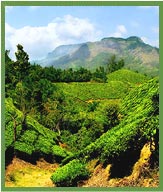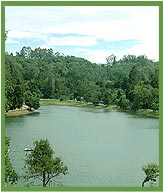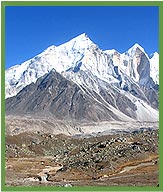The Definition
Ecotourism was coined by Hector Ceballos-Lascurain in Mexico City in 1983. He defined it as “travelling to relatively undisturbed or uncontaminated areas with the specific object of studying, admiring, and enjoying the scenery, its wild plants and animals, as well as any exixting cultural manifestation found in the area.
Ecotourism is defined as "responsible travel to natural areas that conserves the environment and improves the well-being of local people." (TIES, 1990)
Principles of Ecotourism
Ecotourism is about uniting conservation, communities, and sustainable travel.
This means that those who implement and participate in ecotourism
activities should follow the following ecotourism principles:
- Minimize impact.
- Build environmental and cultural awareness and respect.
- Provide positive experiences for both visitors and hosts.
- Provide direct financial benefits for conservation.
- Provide financial benefits and empowerment for local people.
- Raise sensitivity to host countries' political, environmental, and social climate.



Munnar Kodaikanal Ladakh
Ecotourism has experienced the fastest growth of all sub-sectors in
the tourism industry. The popularity represents a change in tourist
perceptions, increased environmental awareness, and a desire to explore
natural environments.
Year 2002 was celebrated by United Nations as
International Year of Ecotourism.
Ecotourism can promote biological and cultural diversity through
ecosystem protection. It can promote sustainable use of biodiversity by
providing jobs to local populations through sharing socio-economic
benefits with local communities and indigenous people by having their
informed consent and participation in the ecotourism enterprises.
Ecotourism also minimizes wastage and environmental impact through
sensitized tourists. It can be one of the medium to preserve local
culture, flora and fauna and other natural resources.
Comments
Post a Comment